
Revolutionizing Food Safety with Hygienic Food Packaging Solutions
In an era where food safety is paramount, the emphasis on Hygienic Food Packaging has never been more critical. According to a report by the Food and Agriculture Organization (FAO), foodborne illnesses affect approximately 600 million people globally each year, highlighting the urgent need for effective packaging solutions that can safeguard food quality and consumer health.
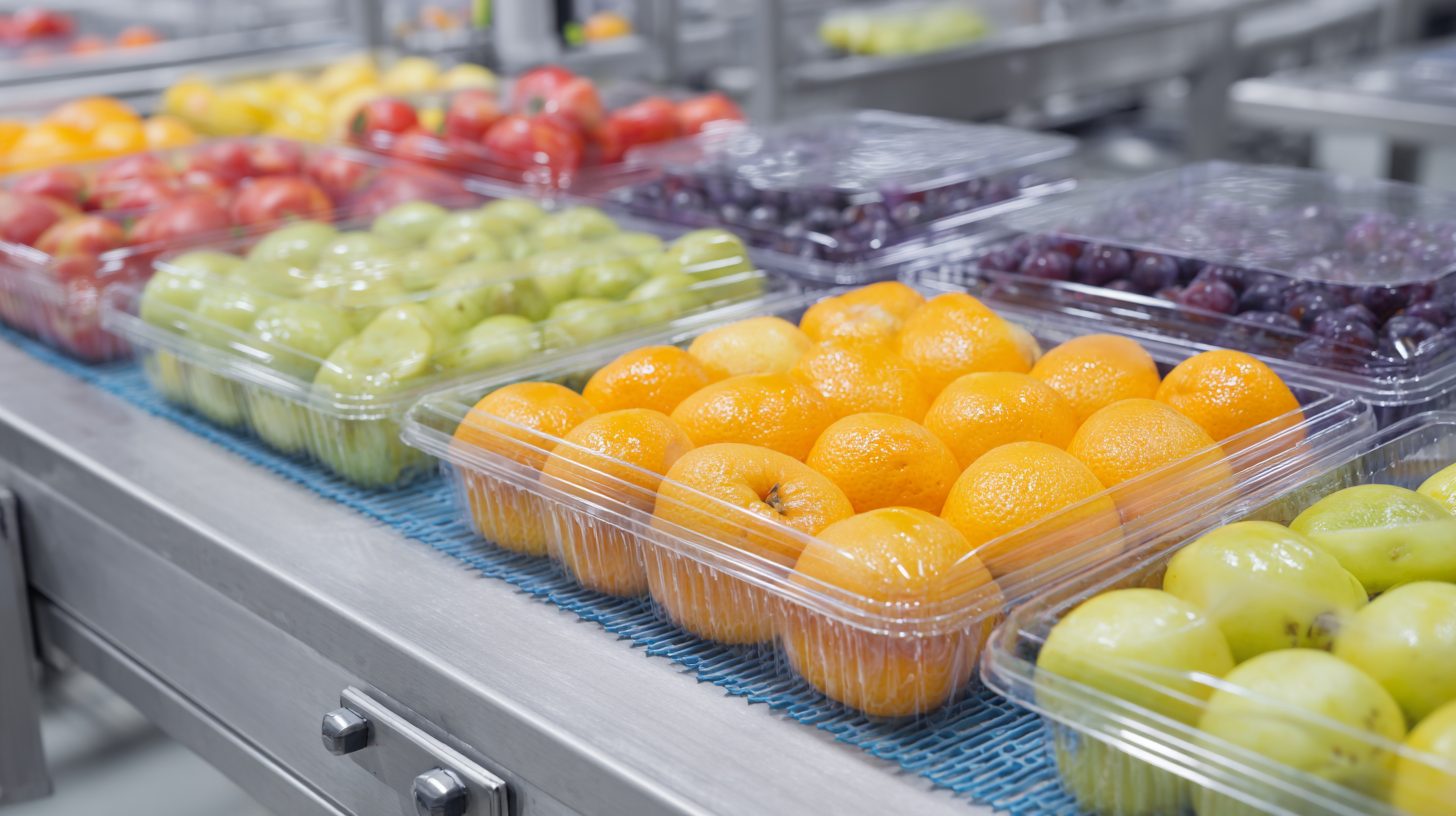
With the global food packaging market projected to reach $1 trillion by 2024, the integration of hygienic practices into packaging designs is essential for mitigating contamination risks. Innovations in materials and technologies, such as antimicrobial films and smart packaging, are transforming the industry, enabling producers to not only comply with stringent safety regulations but also enhance product shelf life and consumer confidence.
As stakeholders across the food supply chain increasingly prioritize hygienic solutions, the role of packaging in ensuring food safety is becoming a pivotal focus for manufacturers, retailers, and policymakers alike.
Understanding the Importance of Food Safety in the Modern Supply Chain
Food safety has emerged as a critical concern in the modern supply chain, where the journey from farm to fork involves numerous touchpoints that can compromise product integrity. According to a report from the Food and Drug Administration (FDA), approximately 48 million people in the United States experience foodborne illnesses each year, leading to 128,000 hospitalizations and 3,000 deaths. This alarming statistic underscores the need for robust food safety measures, particularly during packaging, which serves as the first line of defense against contamination.
Innovative hygienic food packaging solutions play a vital role in mitigating these risks. Studies by the Packaging Association indicate that 60% of consumers are more likely to purchase products with hygienic packaging that clearly demonstrates safety features. Moreover, the increasing use of technologies such as antimicrobial coatings and vacuum packaging not only enhances product shelf life but also significantly reduces the potential for bacterial growth. As the food industry continues to evolve, integrating advanced packaging methods will be crucial in maintaining food safety standards and restoring consumer confidence in the supply chain.
Revolutionizing Food Safety with Hygienic Food Packaging Solutions - Understanding the Importance of Food Safety in the Modern Supply Chain
| Packaging Type | Material | Hygiene Level | Barrier Properties | Sustainability Rating |
|---|---|---|---|---|
| Modified Atmosphere Packaging | Plastic / Gas | High | Excellent | Medium |
| Vacuum Packaging | Plastic | High | Good | Low |
| Aseptic Packaging | Composite (Paper / Plastic / Aluminum) | Very High | Excellent | Medium |
| Beverage Cartons | Paper / Plastic / Aluminum | High | Good | High |
| Biodegradable Packaging | PLA / Paper | Medium | Fair | Very High |
Innovative Materials Transforming Food Packaging Hygiene Standards
The evolution of food packaging has witnessed significant advancements, particularly in the development of innovative materials that enhance hygiene standards. Traditional packaging often falls short in maintaining food safety, which can lead to contamination and spoilage. However, with the introduction of antibacterial films, edible coatings, and smart packaging technologies, the promise of safer food products is becoming a reality. These materials not only act as barriers against microbial growth but also provide real-time monitoring of food conditions, ensuring that consumers receive only the highest quality products.
Furthermore, sustainable and biodegradable materials have entered the food packaging landscape, addressing both hygiene and environmental concerns. Bioplastics derived from natural sources offer a robust alternative to conventional plastics, reducing the risk of chemical leaching into the food while also minimizing ecological footprints. As these innovative materials continue to evolve, they set new benchmarks for food safety, integrity, and sustainability, making significant strides towards revolutionizing the way we think about food packaging in a health-conscious era.
Key Technologies Enhancing Sanitation in Food Packaging Solutions
In recent years, the food packaging industry has seen significant advancements in technologies aimed at enhancing sanitation and ensuring food safety. According to a report by MarketsandMarkets, the global food packaging market is projected to exceed $500 billion by 2026, driven largely by increasing consumer awareness of hygiene and safety standards. As the demand for safe food packaging solutions rises, several key technologies have emerged that revolutionize how food is packaged and stored.

One of the most impactful innovations is the development of antimicrobial packaging materials. These materials are infused with agents that inhibit the growth of bacteria and fungi, extending the shelf life of perishable goods. A study published in the Journal of Food Science indicates that using antimicrobial agents can reduce microbial contamination by up to 90%. Additionally, smart packaging technologies, which utilize sensors to monitor the freshness and safety of food products in real-time, are becoming prevalent. According to a report by Allied Market Research, the smart packaging segment is anticipated to grow at a CAGR of 7.4% from 2021 to 2028, emphasizing the shift towards more intelligent solutions in food safety.
These advancements not only protect consumers from foodborne illnesses but also help manufacturers comply with stringent food safety regulations. With the continuous evolution of hygienic food packaging solutions, the industry can better prevent contamination and ensure the delivery of safe products to consumers around the globe.
The Role of Regulatory Compliance in Food Packaging Safety
The landscape of food safety is evolving rapidly, with regulatory compliance at its forefront. As highlighted in the recent "2025 China Mooncake Industry Consumption and Brand Status White Paper", the Chinese food market is undergoing significant transformations, particularly in the realm of packaging safety. The integration of the new Food Safety and Assurance Law, which compiles nine existing legislations, is set to be implemented in phases starting this year. This legal framework aims to enhance the safety standards for various food items, including unconventional foods, ensuring comprehensive oversight over pre-packaged goods.
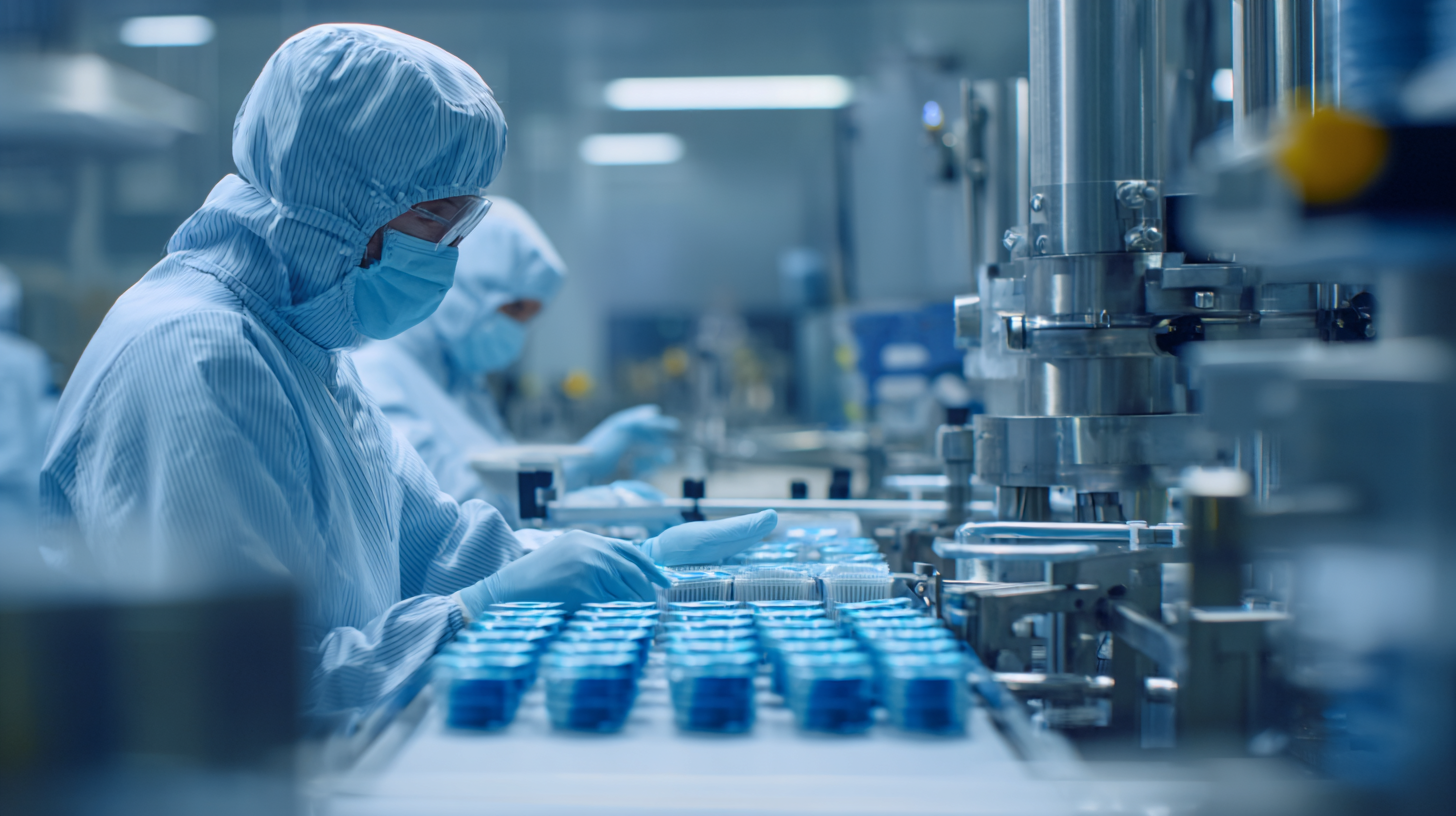
Moreover, with the advent of AI-driven tools like the Label Compliance Assistant, the modernization of food safety governance is accelerating. These innovations are essential as they help businesses adhere to stringent regulatory guidelines, thereby minimizing risks associated with food packaging. The shift towards enhanced labeling compliance comes in response to growing consumer awareness and demand for transparency. Reports indicate that the pre-packaged food market is projected to expand significantly, which underscores the necessity for robust safety practices as mandated by evolving regulations globally, such as the upcoming General Product Safety Regulation (GPSR) in the EU set to take effect in December 2024. This convergence of regulatory frameworks not only reinforces food safety but also boosts consumer confidence in food products.
Future Trends in Hygienic Packaging for the Food Industry
The future of hygienic packaging in the food industry is poised for substantial growth, driven by the increasing demand for safety and quality assurance in food products. According to a market analysis, the vacuum packaging segment alone is expected to witness significant expansion, contributing to a healthier environment by extending shelf life and reducing food waste. The vacuum packaging market, characterized by materials such as plastic and aluminum, is projected to grow alongside innovations that cater to better hygiene standards.
The rise of the quick-service food market emphasizes the need for effective packaging solutions, as this sector is projected to reach over $1.3 trillion by 2032, growing at a compound annual growth rate (CAGR) of 6.28%. This trend aligns well with recent findings indicating that hygienic packaging solutions, including vertical bagging machines, enhance the efficiency of food processing and safety. Reports estimate that the food processing equipment market is set to escalate from $450.1 billion in 2019 to an impressive $797 billion by 2032, marking a significant annual growth rate of 4.2%. This evolution in hygienic packaging will undoubtedly play a crucial role in revolutionizing food safety.
Related Posts
-
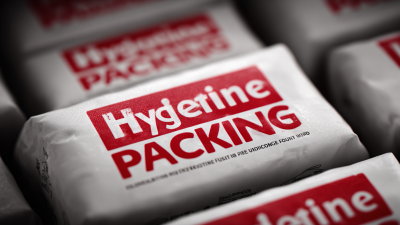
Exploring Best Hygienic Food Packaging Solutions in the Meat Processing Industry
-
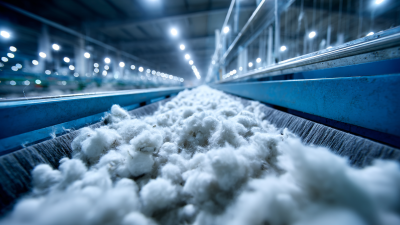
How to Choose the Right Polyester Staple for Your Textile Production Needs
-
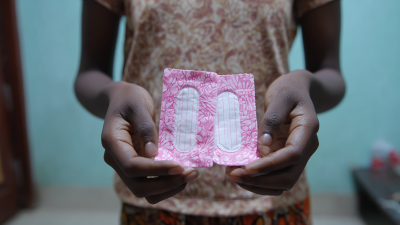
The Future of Eco Friendly Menstrual Health Solutions
-

Exploring Industry Applications of Best Hollow Conjugate and Understanding Its Functionality
-

Innovative Solutions for Challenges in Automotive and Home Textile Industries Using Best Hollow Conjugated Fiber
-
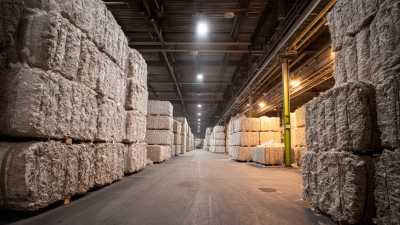
How to Harness the Benefits of Recycled Psf Fiber in Sustainable Manufacturing



